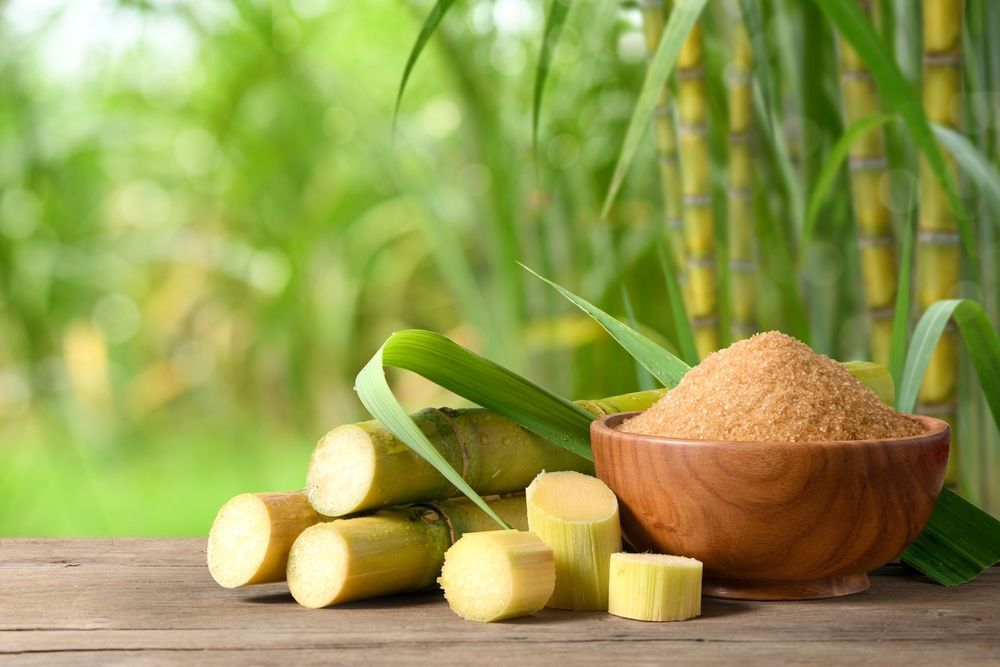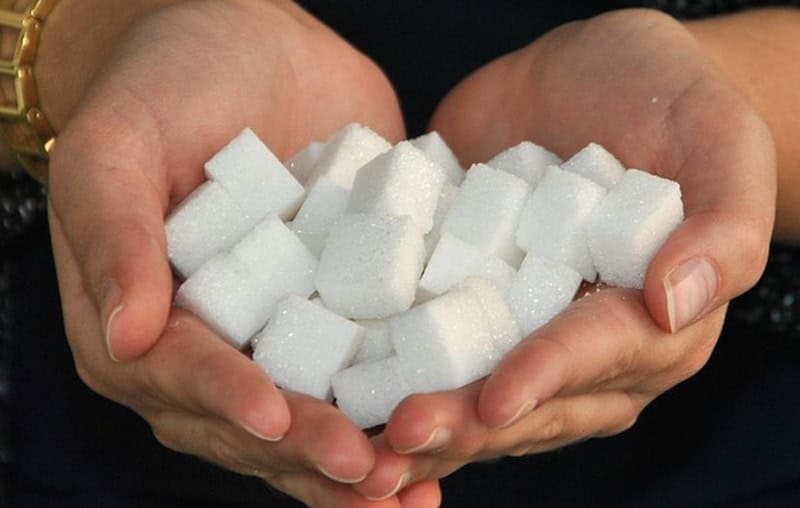Understanding beet sugar vs cane sugar helps buyers make informed choices about their sugar preferences.
Understanding beet sugar vs cane sugar helps buyers make informed choices about their sugar preferences.
Blog Article
Exploring the Differences being used and Benefits Between Beet Sugar Vs Cane Sugar
In the cooking globe, the choice in between beet sugar and cane sugar is not merely concerning sweetness yet includes a nuanced consideration of flavor, application, and impact. While both sugars come from different plants, each undertakes distinct manufacturing processes that discreetly influence their features and suitability for numerous meals. As cooks and consumers significantly prioritize both the ecological and flavor accounts of their active ingredients, comprehending these differences ends up being essential. This expedition offers understanding right into exactly how each sugar kind can best improve cooking creations.
Origins and Manufacturing Procedures of Beet and Cane Sugar

Walking stick sugar, on the various other hand, comes from the sugarcane plant, an exotic yard native to Southeast Asia and now grown in tropical zones worldwide. The production of cane sugar begins with the harvesting of cane stalks, which are squashed to launch the juice. This juice is then boiled to concentrate it, after which it is rotated in centrifuges to generate raw sugar crystals. These crystals are more refined to create the white sugar frequently readily available in stores.

Nutritional Material and Health And Wellness Considerations

When comparing the dietary web content of beet sugar and cane sugar, it ends up being obvious that both types essentially provide the very same calorie values, with about 16 calories per teaspoon and no significant nutrient variety. Both sugars, when eaten in excess, can contribute to elevated blood glucose degrees, a threat aspect for diabetic issues and various other metabolic conditions. From a health and wellness perspective, moderating consumption of any kind of kind of sugar, whether from beet or cane, is suggested to prevent these potential negative effects on health.
Taste Profiles and Culinary Applications
Despite their comparable chemical frameworks, beet sugar and cane sugar differ discreetly in flavor, which can affect their use try here in various cooking contexts. Walking stick sugar typically carries a tip of molasses, even in its polished form, providing a warm, caramel-like touch that enhances baked products, coffee, and chocolate-based recipes. This minor molasses flavor is specifically valued in the baking sector for adding deepness to sugary foods and breads. On the other hand, beet sugar is characterized by its extremely refined, neutral preference, making it a versatile sugar that does not alter the flavor accounts of meals. This nonpartisanship is especially useful in delicate recipes, such as light breads, creams, and some sauces, where the integral flavors of various other active ingredients try these out are meant to stand out. Cooks and food producers might select one kind of sugar over the other based on the preferred taste outcome of their cooking productions.
Ecological Impact and Sustainability
While both beet and cane sugars are acquired from plants, their environmental effects vary significantly due to the unique techniques of growing and handling required for each. Sugar beet farming usually includes considerable automation, which can enhance fossil fuel intake and carbon exhausts.
In addition, the processing of sugarcane commonly generates a significant amount of waste, consisting of bagasse, which, although functional as biofuel, often adds to air contamination if burned inefficiently. Sugar beet processing makes use of more of the raw materials, resulting in less waste. Both sectors face difficulties in minimizing their environmental footprints, yet recurring developments in farming techniques and waste management are intending to enhance sustainability.
Economic Factors Influencing the Sugar Sector
The financial characteristics of the sugar sector are substantially influenced by international market needs and trade policies. In areas where sugarcane or sugar beet manufacturing is subsidized, producers may have a financial advantage that enables them to supply reduced rates on the worldwide market.
Additionally, fluctuations in worldwide demand for sugar, influenced by dietary trends and industrial use in food, directly effect prices and production levels. beet sugar vs cane sugar. Weather conditions additionally play a critical function, as they can considerably affect plant yields and, subsequently, the supply chain. This variability presents a level of financial unpredictability that can bring about financial investment volatility in sugar production fields, affecting choices from planting to market approach
Final Thought
Finally, both beet and cane sugar have special qualities that match various cooking demands. While cane sugar conveys a rich flavor suitable for boosting baked goods, beet sugar's nonpartisanship is ideal for lighter meals. Nutritional resemblances regardless of, their distinctive production processes and environmental influences add intricacy to the selection in between them. Therefore, understanding these differences More hints helps cooks and consumers make informed choices that line up with their wellness, cooking, and honest choices.
Report this page